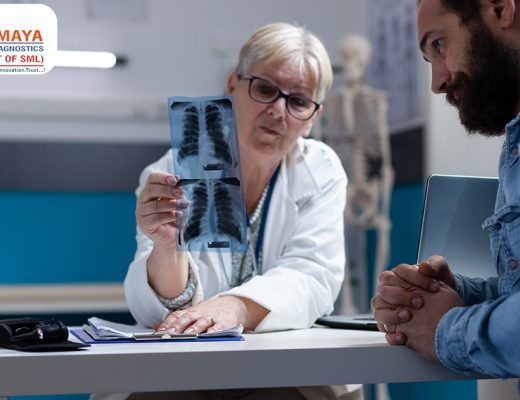MRI is a relatively new method of radiation diagnostics, which has become widespread in practical medicine. MRI conducted by the radiology centers in Uttar Pradesh detects a huge number of diseases of the brain, spine, soft tissues, organs, blood vessels, and joints.
Today, magnetic resonance imaging is one of the effective and statistically reliable diagnostic methods, and its high efficiency has already been appreciated by the entire world medical community.
Dozens of scientific studies using high-field MR tomographs are already known. But what exactly makes MRI a unique diagnostic method? Why did it become the object of close attention of scientists? We will try to answer these questions.
It is no secret that the latest technical achievements are at the heart of the development of magnetic resonance imaging machines. They made it possible to combine three important factors for a modern person in MRI: safety, accuracy and, painlessness of the procedure. These are the three criteria by which diagnostic methods can be assessed and which never lose value.
Safety
The phenomenon of magnetic resonance, which is the basis of MRI, completely eliminates the ionizing radiation inherent in X-rays and CT scans. This makes MR imaging an absolutely safe diagnostic method.
Accuracy
MRI scans the human body in three mutually perpendicular projections. To get a clearer idea of the value it has for diagnosing patients, let’s compare MRI with 3D.
Cinema in 3D mode allows the viewer to “plunge” into the picture, to be inside the events taking place on the screen.
Or another example: let’s say we need to describe a certain subject. It is in front of us in two versions: in a drawn form and tangible, volumetric. In the figure, we see this object from only one side. At the same time, the subject that we can pick up gives us the most complete picture of itself.
The same is with MRI: images obtained by scanning in three projections allow you to see any changes in the human body, regardless of their location.
Painlessness
The MRI scanner does not come into contact with the human body and is not capable of causing painful sensations in it. The discomfort experienced by some patients during the study is a consequence of their anxiety before the procedure.
Benefits of MRI
The universal accuracy and safety of MRI has made it one of the first diagnostic methods that clinicians turn to when making a diagnosis. It is important to note that MRI is able to detect changes in the affected areas of the body even at an early stage.
For example, timely MRI diagnostics allows early treatment of Parkinson’s disease, which greatly facilitates the patient’s condition and improves the patient’s prognosis. And a timely MRI scan of the brain will allow the patient and his attending physician to take urgent measures in the event of an aneurysm or tumor process. So, we are not always able to influence the state of our health, but we always have the opportunity to undergo a preventive examination on time using the most modern and safe equipment and find out the truth about our body with the help of radiology center in South West Delhi.




